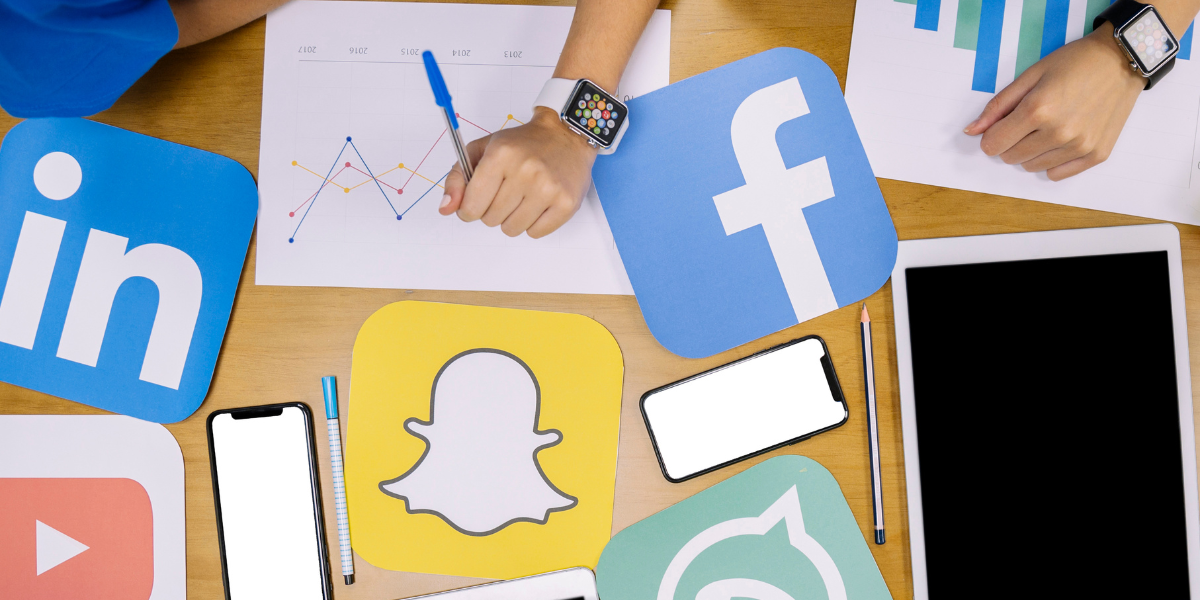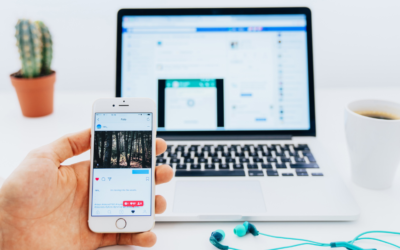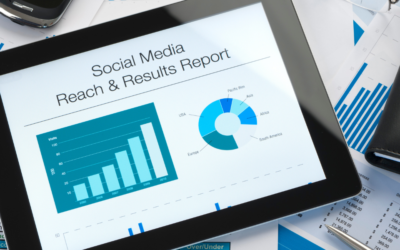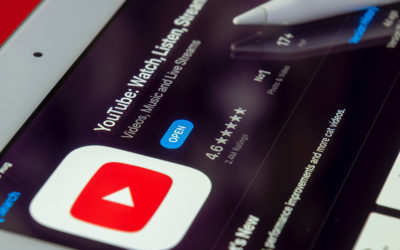Awareness days and social media hashtags have become an increasingly popular way of raising awareness for important causes. These days are dedicated to specific issues, such as mental health, climate change, and gender equality, and are often used as a platform for individuals and organizations to share their stories and experiences. Social media hashtags are also commonly used to amplify these messages and encourage others to get involved.
Awareness days and social media hashtags have the power to bring people together and create a sense of community around a shared cause. They allow individuals to connect with others who may be going through similar experiences and provide a platform for them to share their stories and advocate for change. Social media has made it easier than ever to spread awareness and create a global conversation around these issues.
However, some critics argue that awareness days and social media hashtags can be superficial and fail to create meaningful change. They argue that these campaigns often focus on raising awareness rather than taking concrete action to address the root causes of these issues. Despite these criticisms, many individuals and organizations continue to use awareness days and social media hashtags as a tool for advocacy and to bring attention to important issues.
The Importance of Awareness Days and Social Media Hashtags
Increasing Awareness
Awareness days and social media hashtags are an effective way to increase awareness about important issues. By dedicating a specific day or week to a particular cause, people are encouraged to learn more about the issue and take action. Social media hashtags make it easy for people to share information and connect with others who are interested in the same cause.
For example, World Environment Day is celebrated on June 5th every year. This day is dedicated to raising awareness about environmental issues such as climate change, pollution, and deforestation. By using the hashtag #WorldEnvironmentDay on social media, people can share information about the importance of protecting the environment and encourage others to take action.
Encouraging Engagement
Awareness days and social media hashtags also encourage engagement from individuals and organizations. By participating in events or sharing information on social media, people can feel like they are making a difference and contributing to a cause they care about.
For example, during Breast Cancer Awareness Month in October, many organizations hold events to raise funds for research and treatment. People can participate in walks or runs, donate money, or share information on social media to help spread awareness about the importance of breast cancer screening and early detection.
Building Community
Finally, awareness days and social media hashtags can help build a sense of community around a particular cause. By connecting with others who care about the same issue, people can share ideas, offer support, and work together to make a difference.
For example, the hashtag #MeToo was used on social media to raise awareness about the prevalence of sexual harassment and assault. By sharing their own experiences and supporting others who had been through similar situations, people were able to build a community of support and work towards creating change.
In conclusion, awareness days and social media hashtags are an important tool for increasing awareness, encouraging engagement, and building community around important issues. By participating in these events and sharing information on social media, individuals and organizations can make a difference and work towards creating a better world.
Examples of Successful Awareness Days and Hashtags
Social media has become a powerful tool for raising awareness about important issues. Many organizations and individuals have used hashtags and awareness days to draw attention to their causes and spark conversations. Here are a few examples of successful awareness days and hashtags:
Breast Cancer Awareness Month
Breast Cancer Awareness Month is an annual campaign that takes place every October. The goal of the campaign is to increase awareness about breast cancer and raise funds for research. The pink ribbon has become the symbol of the campaign, and many organizations sell pink products to raise money for breast cancer research.
The hashtag #BreastCancerAwarenessMonth is used widely on social media during October. Many people share their stories of breast cancer, offer support to those who have been affected, and encourage others to get screened for the disease.
#MeToo Movement
The #MeToo movement began in 2017 as a way for women to share their experiences of sexual harassment and assault. The hashtag quickly went viral, and millions of women around the world shared their stories.
The movement sparked a broader conversation about sexual harassment and assault in the workplace and beyond. Many high-profile men were accused of sexual misconduct, and the movement led to changes in laws and policies.
World Mental Health Day
World Mental Health Day takes place on October 10th every year. The day is meant to raise awareness about mental health issues and reduce the stigma surrounding mental illness.
The hashtag #WorldMentalHealthDay is used widely on social media during the day. Many people share their stories of mental illness, offer support to those who are struggling, and encourage others to seek help if they need it.
Overall, hashtags and awareness days can be powerful tools for raising awareness and sparking conversations about important issues. By using social media to amplify their messages, organizations and individuals can reach a wider audience and make a bigger impact.
How to Create Your Own Awareness Day or Hashtag Campaign
Creating an awareness day or hashtag campaign can be a great way to raise awareness about a cause that you care about. With social media, it is easier than ever to spread the word and get people involved. Here are some steps to help you create your own awareness day or hashtag campaign.
Choosing a Cause
The first step is to choose a cause that you are passionate about. It could be a social issue, a health concern, or an environmental problem. Make sure that the cause is relevant and timely. It should also be something that people can relate to and care about.
Developing a Strategy
Once you have chosen your cause, it is time to develop a strategy. This involves deciding on a date for your awareness day or hashtag campaign, creating a hashtag, and planning your content. You should also think about how you will engage your audience and encourage them to participate.
Here are some tips for developing your strategy:
- Choose a date that is relevant to your cause. For example, if you are raising awareness about mental health, you could choose World Mental Health Day.
- Create a hashtag that is short, memorable, and easy to spell. Make sure that it is unique and not already being used for another cause.
- Plan your content in advance. This could include social media posts, videos, blog articles, and infographics.
- Think about how you will engage your audience. You could ask them to share their own stories or experiences, or create a challenge or contest to get them involved.
Engaging Your Audience
The final step is to engage your audience and encourage them to participate. This involves promoting your awareness day or hashtag campaign on social media, reaching out to influencers and organizations that support your cause, and creating shareable content.
Here are some tips for engaging your audience:
- Use social media to promote your awareness day or hashtag campaign. Share posts, stories, and videos that highlight your cause and encourage people to participate.
- Reach out to influencers and organizations that support your cause. They can help spread the word and reach a wider audience.
- Create shareable content that people will want to share with their friends and followers. This could include infographics, memes, or videos.
By following these steps, you can create your own awareness day or hashtag campaign and raise awareness about a cause that you care about. Remember to be creative, engaging, and passionate, and to use social media to your advantage.
Maximizing the Impact of Your Awareness Day or Hashtag Campaign
Collaborating with Influencers
One effective way to increase the reach and impact of your awareness day or hashtag campaign is by collaborating with social media influencers. These individuals have a large following and can help spread your message to a wider audience. When selecting influencers to work with, it’s important to consider their values and whether they align with your cause. You should also ensure that their audience is relevant to your campaign.
To collaborate with an influencer, you can offer them exclusive content or experiences related to your campaign in exchange for promoting it on their social media channels. Alternatively, you can pay them for their services. When working with influencers, it’s important to establish clear expectations and guidelines to ensure that the collaboration is successful.
Partnering with Organizations
Another way to maximize the impact of your awareness day or hashtag campaign is by partnering with organizations that share your values and mission. These organizations can help amplify your message and provide additional resources and support. When selecting organizations to partner with, it’s important to consider their reach and relevance to your campaign.
To partner with an organization, you can collaborate on joint events or initiatives, or ask them to promote your campaign on their social media channels. You can also offer them exclusive content or experiences related to your campaign in exchange for their support. When partnering with organizations, it’s important to establish clear expectations and guidelines to ensure that the partnership is successful.
Measuring Success
To determine the success of your awareness day or hashtag campaign, it’s important to establish clear goals and metrics. These can include the number of social media mentions, the engagement rate, the number of followers gained, or the amount of money raised. You should also track the impact of your campaign on your cause or issue.
To measure the success of your campaign, you can use social media analytics tools to track your metrics and monitor the conversation around your campaign. You can also conduct surveys or interviews to gather feedback from your audience and stakeholders. By measuring the success of your campaign, you can identify areas for improvement and refine your strategy for future campaigns.




0 Comments